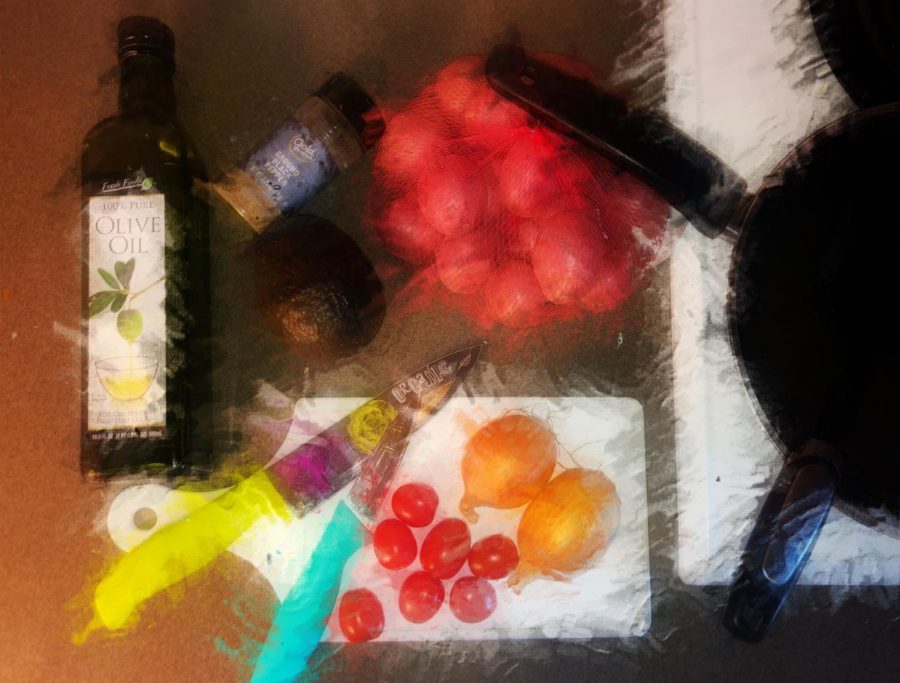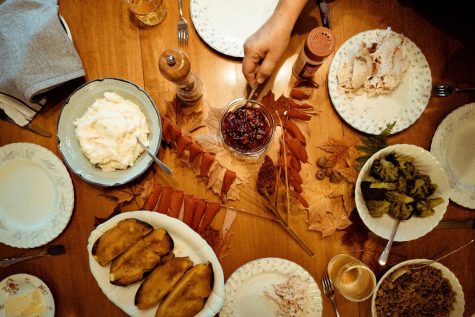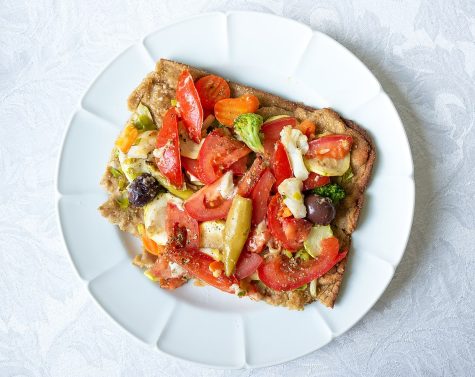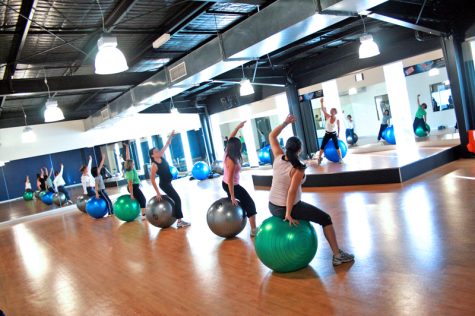How to practice mindfulness while cooking
Cooking may be one of the easiest ways to practice mindfulness. Here’s how
AMHERST – Mindfulness seems to be all the buzz nowadays, and for good reason. Whether your mind is calm and steady, or a bit more haywire like mine, these practices are good for every person’s health. However, some of us are painfully busy and can’t imagine dedicating extra time to these practices, so how do we make this work?
There are some easy ways to implement mindfulness into your daily life, yet my favorite way to achieve this is while I’m cooking. Cooking is one of my favorite things to do; I’ve always found it to be a creative outlet and often soothing. While many people find cooking stressful and unappealing, it’s possible adding mindfulness to the act may bring about a positive feeling instead of an unpleasant one.
Mindful magazine defines mindfulness as;
“The basic human ability to be fully present, aware of where we are and what we’re doing, and not overly reactive or overwhelmed by what’s going on around us.”
The reason I find cooking to be one of the easier activities in my life to blend with mindfulness is that it engages all of my five senses. I use my sense of touch and sight to know that the food I’m using is of good quality, I use my hearing to listen to whether or not the food is sizzling or boiling, I use my sense of smell to know that the food is cooking the way that I want it to, and well, you can guess why taste is the best part.
It’s simply not enough for me to know that I’m using these senses, I have to be present, my mind not wandering while I do. This may sound redundant, but it’s important to be self-aware in this way. If my mind does wander, and I catch myself thinking about something that happened earlier in the day, for example, that’s okay. All I have to do is recognize those thoughts, and redirect myself to what I’m doing in the present moment.
Psychology Today has two different exercises for mindfulness cooking with helpful tips. The first is for slow cooking when there’s not much to do, and the other is for fast cooking when you have plenty to do. In both exercises, they recommend having your phone turned off.
For what they call slow cooking, they recommend sitting in a chair not far from the oven or grill and merely relaxing. Pay attention to your breath and the changing sensations and be as accurate in those sensations as possible. Maybe the room is becoming warmer, or you can begin to smell what you’re cooking. Then, think about where your mind wants to travel. Just be aware of yourself.
For fast cooking, they recommend beginning at the very first step of your cooking process. Be aware of the different physical sensations you’re experiencing, such as the smell. Does it change with each new ingredient? Then, notice your mood. Are you anxious or confident? They say when your emotions begin to run off, come back to your physical senses.
Even on my busier days, when my mind is constantly distracted, and it seems like cooking isn’t an option, I’ll find a way. For example, on Mondays, I’m out of my apartment for the duration of the day, so I make sure to wake up a smidge earlier so I can make a smoothie before running out the door to my classes.
While making my smoothie I force myself to be present. Is the avocado I’m using soft enough? When I cut into strawberries, can I smell them right away? Where does my mind want to drift to, and how am I feeling? After making my smoothie in a mindful way, my day is all the better for it.

Even on your most hectic days, it’s important and beneficial to take a step back and really be present in your life. Cooking already engages all your senses, so why not practice mindfulness as well?
Email Elisabeth Morgan at [email protected] and follow her on Twitter @lizziewmorgan.









